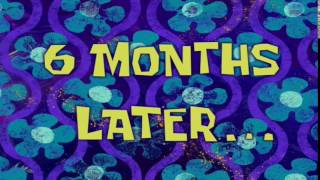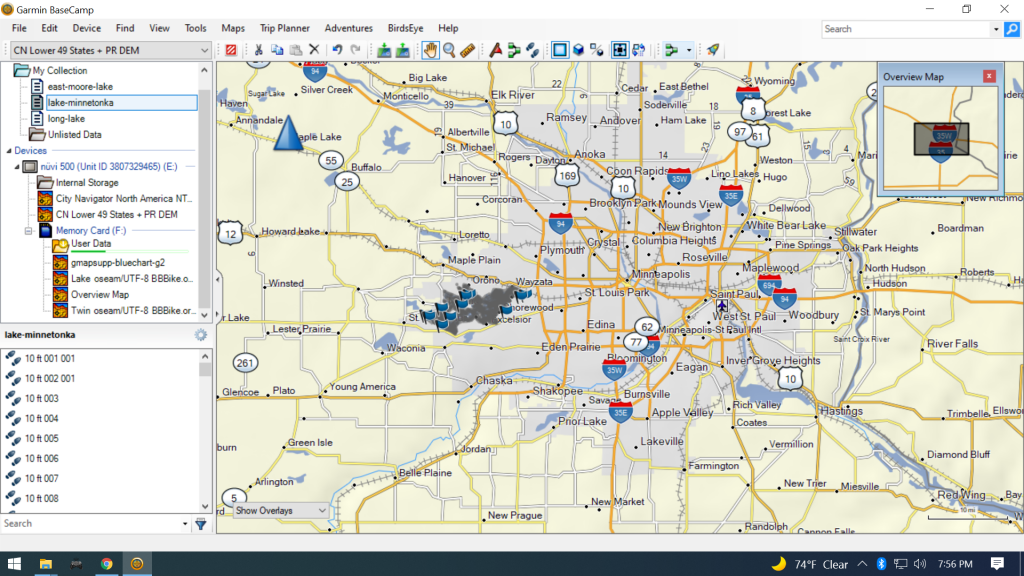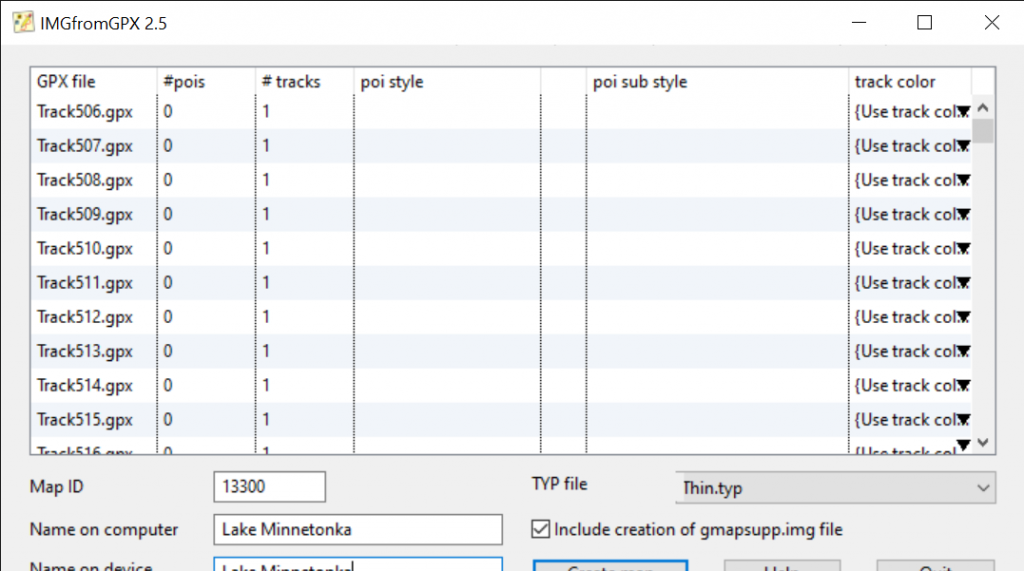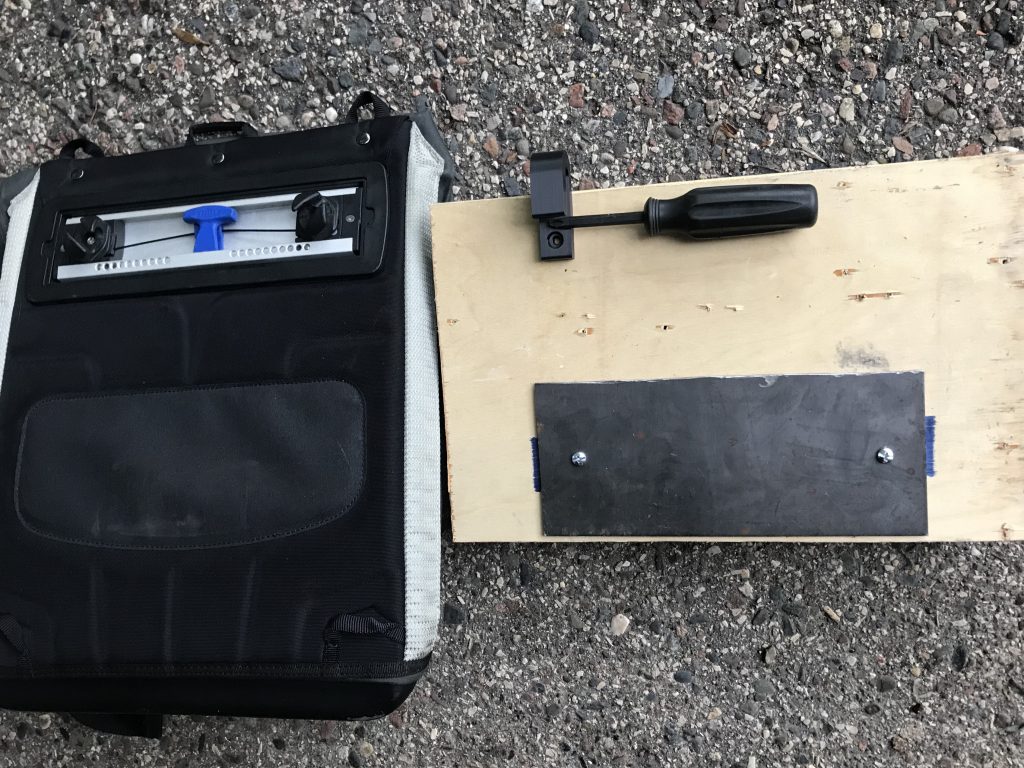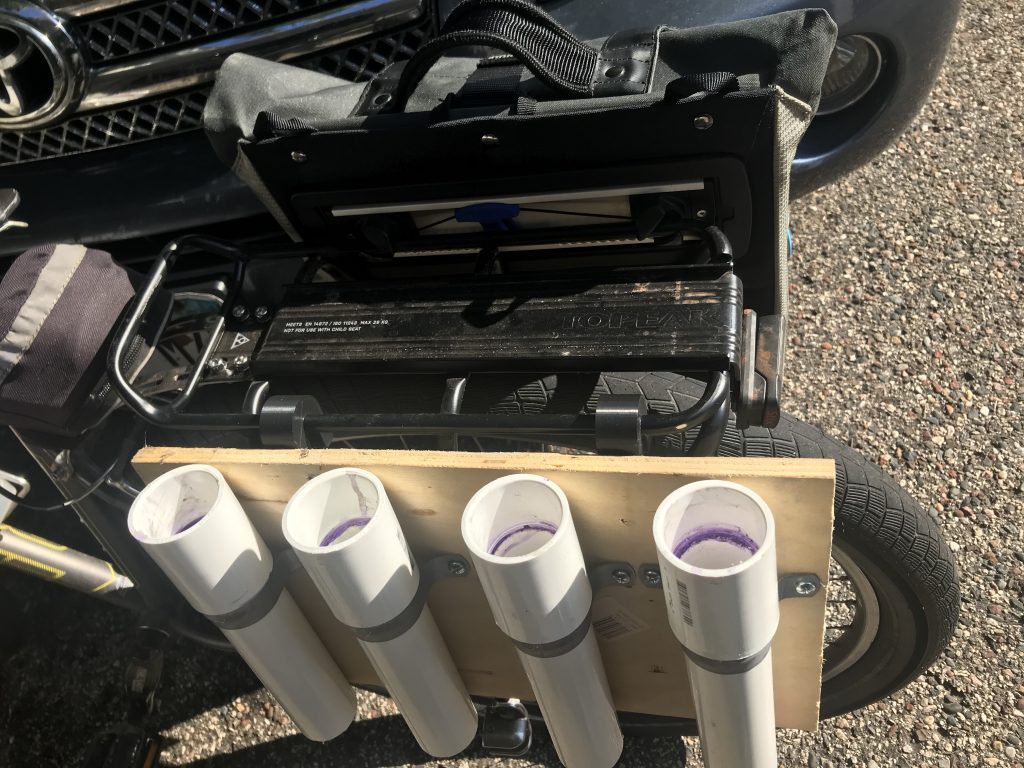For the 2nd year in a row, I coerced my family to participate in a Parks & Recreation ice fishing event on MLK Day. It coincides with the Minnesota DNR’s annual free family ice fishing weekend. The Fridley Parks & Recreation event was hosted by Fishing for All. For $5 I don’t think you can beat it.
While I do enjoy fishing, ice fishing has never been my jam. But this was so fun and easy that it even made me think twice about getting some ice fishing gear…
Continue reading →Since the free fishing weekend coincides with MLK day, many people are already off of work. I signed up for the early afternoon session and walked with the family down to Moore Lake during my lunch hour. The guides were super knowledgeable, and they had everything set up and ready to – including bait! 🪱
They talked about ice safety and showed the depth of the ice (over 20″ this and last year) – my 9yo daughter was especially concerned about this. The guide had half a dozen holes already augered, with a 5-gallon pail to sit on and Vexilar sonar rigs ready to go. They supplied the ice fishing rods and even had bait ready to drop in. Both times we’ve gone, everyone caught at least one fish.
2022 Catches
In 2022 all of our catches were small perch.


Marlo became the media darling of Fridley as her picture was featured in both the Fridley newsletter and the Parks & Rec catalog.
No aerator for 2023
For this year, there’s sort of an interesting experiment taking place. Moore Lake Park is being renovated in 2023. Part of the renovation includes the removal of a building that houses the aeration pump, so it’s not being run during the 2022-2023 winter season.
While the aeration system was installed to prevent winterkill, the real risk of winter fish kill is on the west side of the lake, where the water is extremely shallow. The aeration, which was intended for good, also has negative consequences. Like leaving a hole in the ice which tempts waterfowl to stay for the winter, rather than migrating south. Whatever the case is, I’m glad it’s being tried, and eager to see what the result is in the spring.
2023 Catches
Since the aerator wasn’t running, we were able to fish the spot that would normally be a hole in the ice.


Quickly after the guide refreshed us on using the ice fishing sonar, we started getting bites. He exclaimed “Fish on!” as we were all getting some action. This year it was nothing but fat sunfish, which was fun. Everyone caught at least one fish. Check out Jessi’s Blue Gill Sunfish, what a beauty! 🐟



10/10 Would Fish Again
Like I said, this event makes it so fun and easy that I considered getting ice fishing gear. But for $5, I could bring the entire family a dozen times to this event before I equal the cost of the sonar setup. Not to mention the ice auger, the sled, the ice fishing rod, etc. But it makes me think about it! Next year I might bring my Sonarphone T-Pod and see how it compares to the Vexilar ice-ducer. Or maybe I’ll look at something like the Deeper Sonar Pro+ 2 which has a ice-ducer like display on their app (and can be used in the summer too).
I’m still happy to talk down to the lake with the family once a year on my lunch break. We’re guaranteed a catch 🎣

